and the distribution of digital products.
DM Television
Minimalism In Design: Alexander Perelman Shares His Perspective
Alexander Perelman is an award-winning art director and designer with over 15 years of experience in branding, visual design, and art direction. A graduate of the British Higher School of Art and Design, he has worked with global brands like Unilever, Mars, Visa, Google, VW, and Bacardi, earning international recognition for his creativity. As a systems thinker and multidisciplinary specialist, he blends design, storytelling, and cross-platform system design to create impactful solutions. With over 100 projects across Russia, Europe, and the US, he continues to shape compelling brand identities and user experiences.
Minimalist design has become a defining aesthetic in modern visual culture, balancing simplicity and functionality to create striking, effective communication. As brands and designers continue to embrace this approach, we sat down with Alexander Perelman, an expert in minimalist design, to explore its principles, impact, and creative potential.\ — Alexander, you’re well-known for your work in minimalist design. Can you tell us what inspires you when working on such projects?
\ — Inspiration comes from everywhere. Nature, music, the internet, exhibitions – all of these help spark ideas. But most importantly, it’s my inner universe. I believe that within each of us lies an endless source of creativity, and I tap into that to find inspiration for my projects. After all, the best designs often come from the spaces between your thoughts… and your coffee breaks.
\
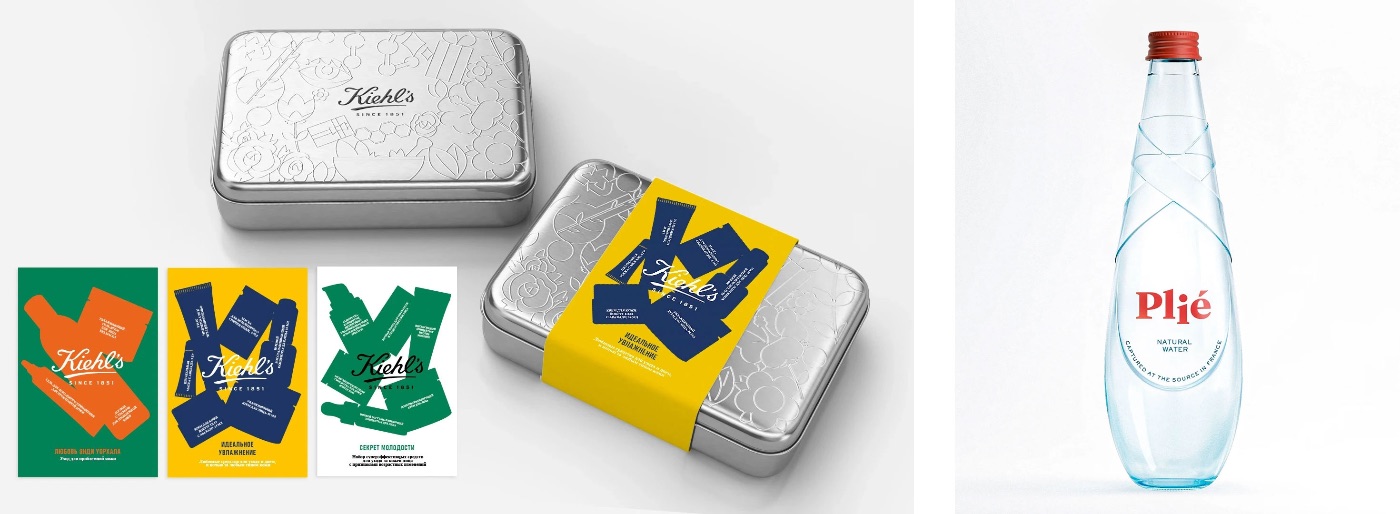
\
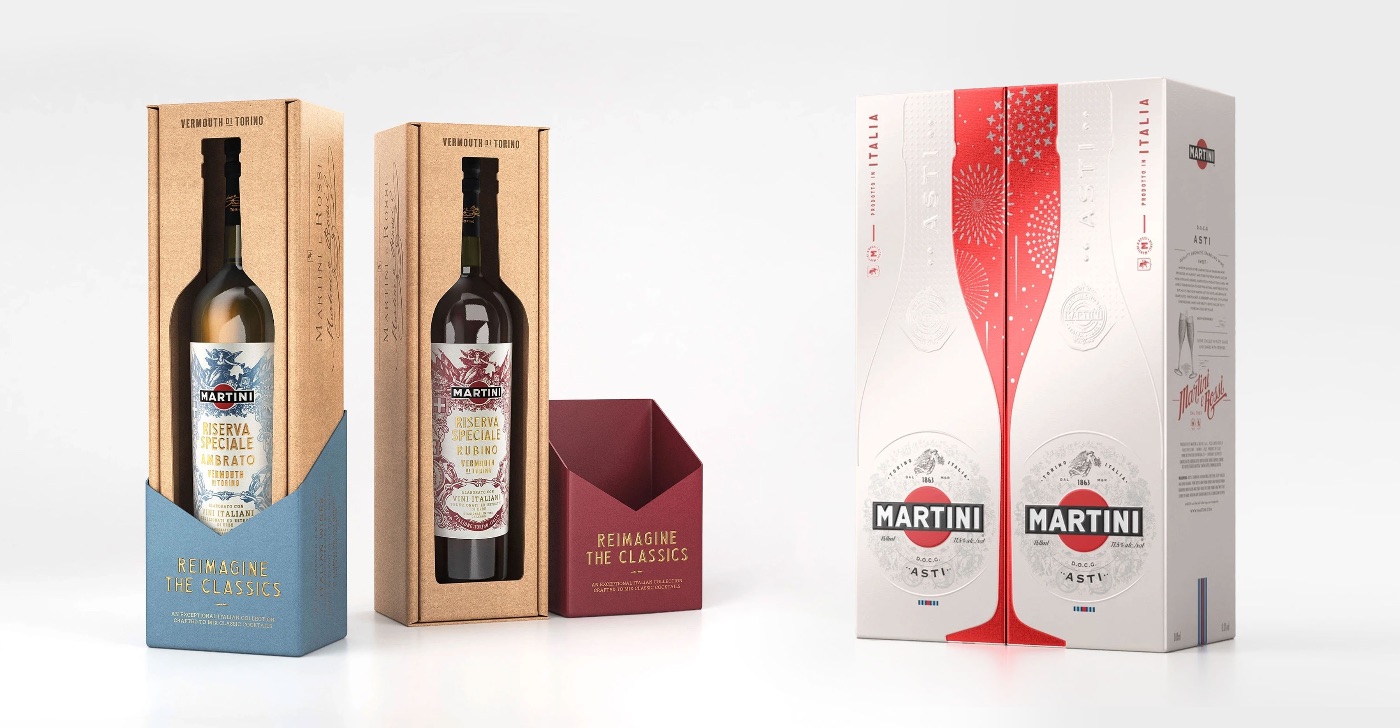
\ — What principles or rules do you consider key to quality minimalist design?
\ — There are five main rules: using imagery, working with typography, choosing colors, decluttering the design, and creating balance.
- Imagery. Images can act as focal points or help create symmetry or asymmetry. The key is to select simple, easy-to-process visuals and use them thoughtfully, such as in the background or with low opacity.
- Typography. In minimalist design, typography takes center stage. I always create a hierarchy between one or two font families to ensure the text is not only readable but also visually engaging.
- Color. A black-and-white base always works, but adding one bright color for emphasis can bring the design to life. I often use high-contrast colors to create visual balance and highlight the mood.
- Decluttering. Every element in the design should have a function. If it’s purely decorative, I reconsider its necessity.
- Balance. Every heavy element in the design should be balanced with light elements, empty space, or other shapes. This creates harmony and makes the design visually appealing.
\ — Is there a project where you've applied these principles in practice?
\ — Yes, one example is my work on Skyfort, a wealth management ecosystem. This project was a great opportunity to combine modern aesthetics with functionality, catering to a diverse audience. I applied the principles of minimalist design by focusing on clean typography, balanced layouts, and a thoughtful use of color and space. The result was a sleek and user-friendly design that reflects the brand's innovative and professional identity. This project is now a part of my portfolio, and I’m proud to have contributed to its success.
\
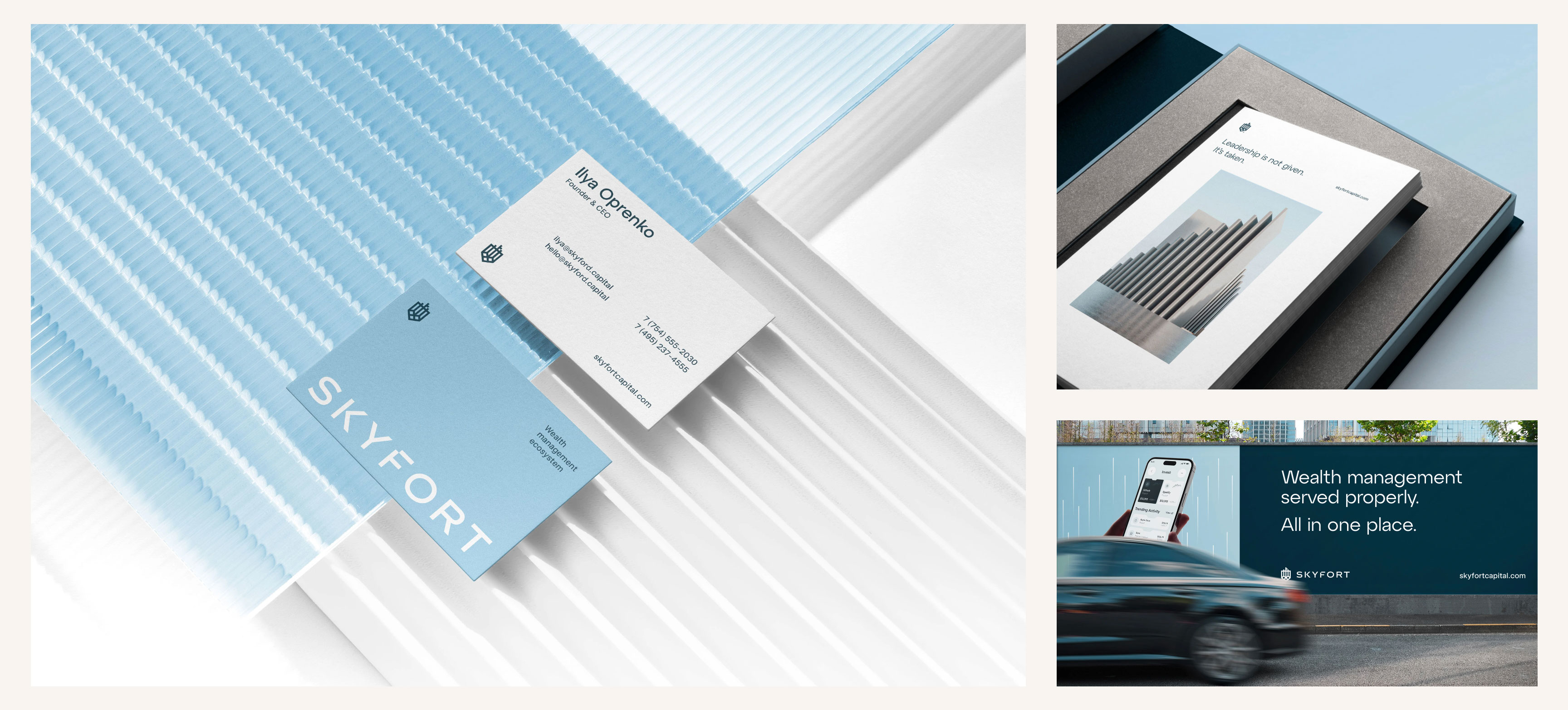
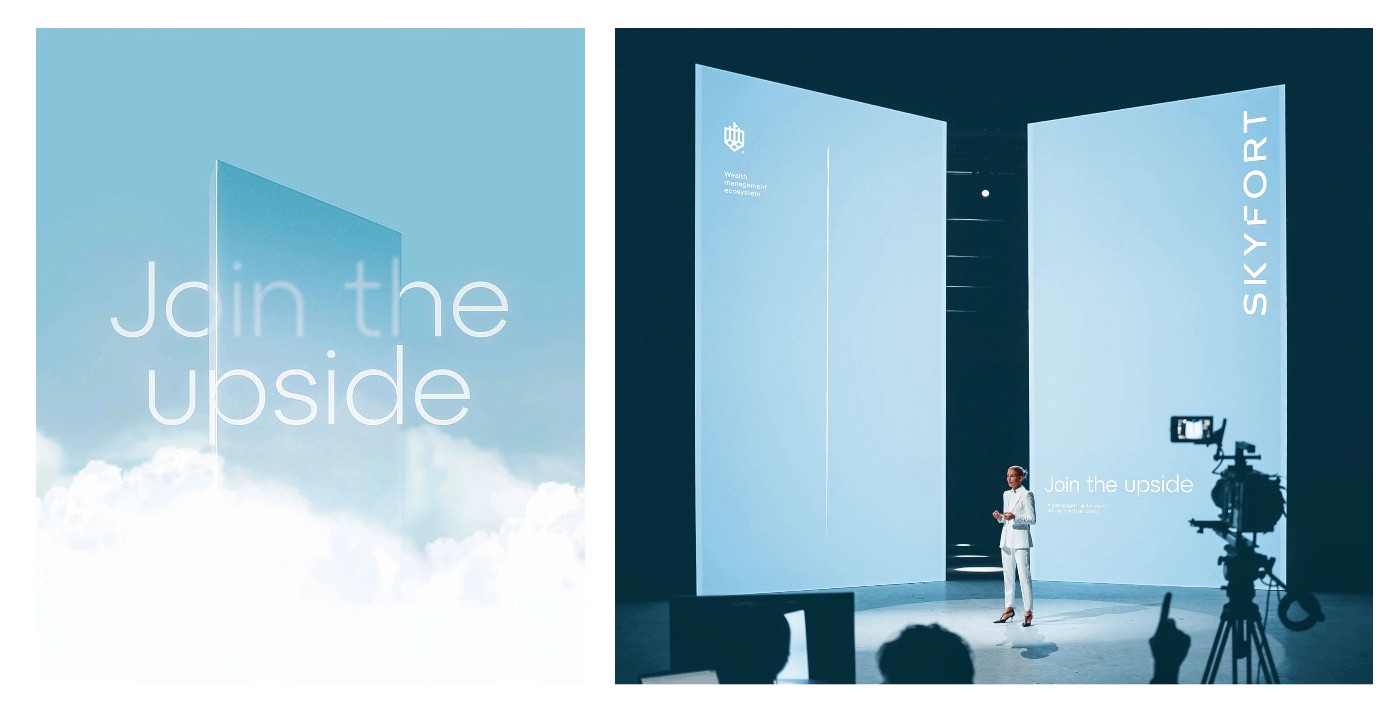
\ — Why do you think minimalist design is so popular right now?
\ — Because it reflects the spirit of the times. We live in a world overwhelmed with information, and people appreciate simplicity and clarity. Minimalism gives space to breathe and focuses attention on what’s truly important. It’s like clearing out your closet—you’re left with just the essentials, but suddenly, you can actually find your favorite shirt!
\ — Alexander, in your experience, how do you differentiate minimalism from maximalism in design?
\ — That’s a great question! Minimalism focuses on simplicity, using minimal elements to emphasize functionality and usability. It’s characterized by clean, uncluttered designs, neutral color palettes, and a strong sense of purpose. On the other hand, maximalism embraces boldness, with a wide variety of elements, bright colors, and intricate patterns. It’s all about creating a more decorative and ornate style. Both approaches serve different audiences and purposes, and the choice often depends on the specific goals of the project and the preferences of the audience.
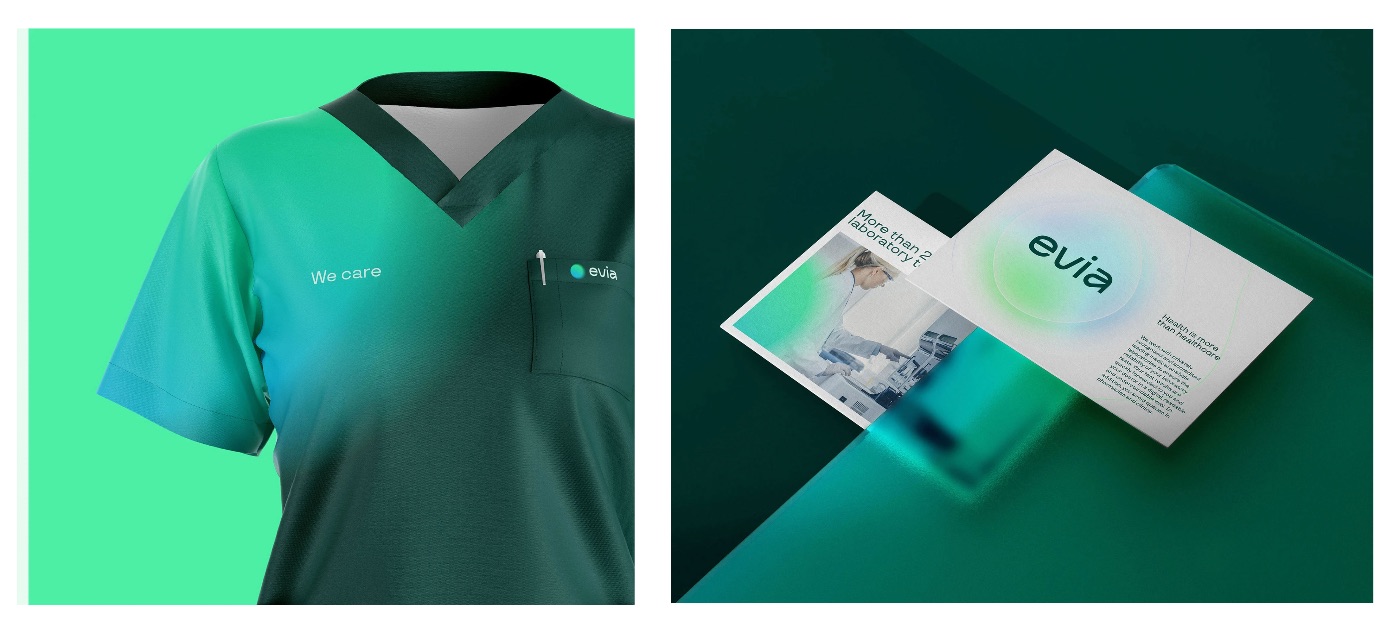
\ — Which of these approaches do you find more effective in your work?
\ — It really depends on the audience and the purpose of the design. For example, minimalism works wonderfully when clarity and focus are paramount, such as in tech or finance-related projects. Meanwhile, maximalism can be incredibly effective for campaigns or products that aim to evoke energy, excitement, or a sense of luxury. Personally, I enjoy blending these approaches when appropriate, finding a balance that speaks to both the client’s goals and the audience’s expectations.
\ — Some people think that minimalist design is just a waste of space. How do you address that perspective?
\ — That’s a common misconception. Minimalist design isn’t about leaving space empty for no reason—it’s about creating focus and clarity. Every element in a minimalist design has a purpose, and the open space allows those elements to breathe and stand out. It’s not about compromising design trends; it’s about understanding the context and delivering the most effective communication. And if someone really thinks it’s a waste of space, I ask them: would you rather live in a spacious loft or a cluttered closet?
\ - Alexander, thank you for the fascinating conversation! Finally, could you share some advice for aspiring designers?
\ Of course. Don’t be afraid to experiment. Learn to find beauty in simplicity and remember that every detail should serve a purpose. Always seek inspiration around you and within yourself. And most importantly, don’t forget to have fun along the way—design should be a joy, not just a task. Good luck!
- Home
- About Us
- Write For Us / Submit Content
- Advertising And Affiliates
- Feeds And Syndication
- Contact Us
- Login
- Privacy
All Rights Reserved. Copyright , Central Coast Communications, Inc.